We've found 1000 matches for your search. Order by
Results
-
 £37.95
£37.95The Little Drummer Boy (Brass Band)
The Little Drummer Boy (originally known as Carol of the Drum) is a popular Christmas song. Here it is skilfully arranged by Philip Sparke.This set comes with a condensed score.
Estimated dispatch 7-14 working days
-
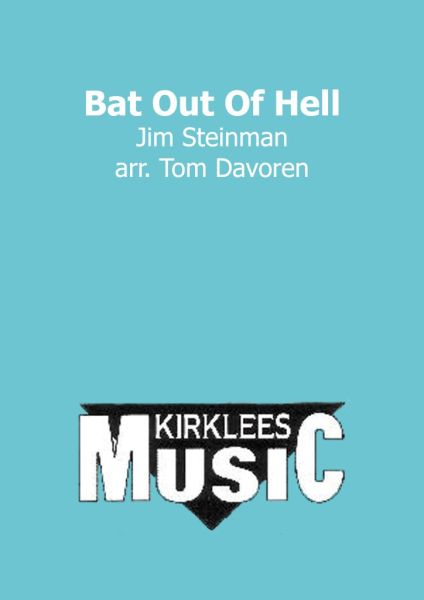 £35.00
£35.00Bat Out of Hell
Tom Davoren's high powered arrangement of the Meatloaf favourite Bat Out of Hell will be a winner with your audiences.
Estimated dispatch 7-14 working days
-
 £17.50
£17.50Hymn for the Fallen
Composed and dedicated to the victims of the Boxing Day Tsunami, 2004.
Estimated dispatch 7-14 working days
-
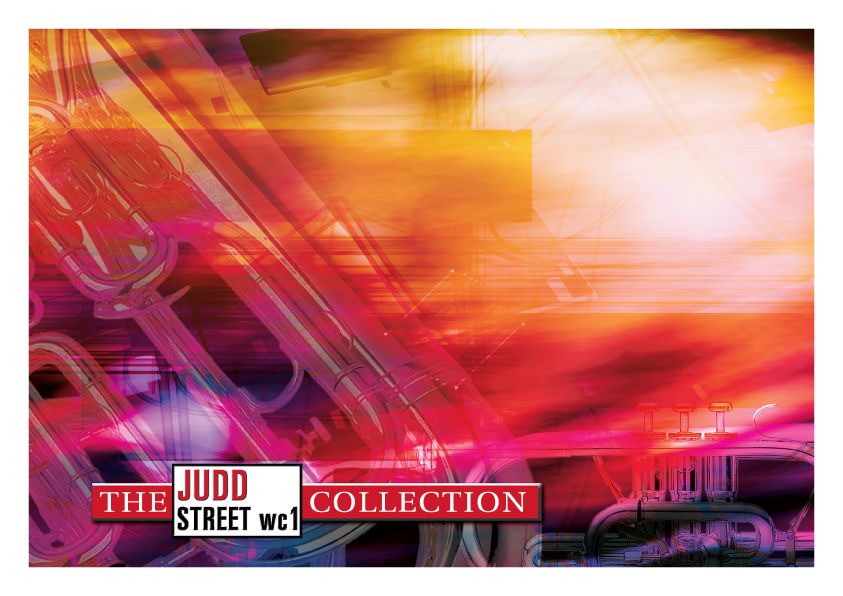 £44.95
£44.95Judd: The Call of The Righteous
Estimated dispatch 7-14 working days
-
 £24.95
£24.95And the Glory of the Lord (from Messiah) (Brass Band - Score and Parts)
Estimated dispatch 7-14 working days
-
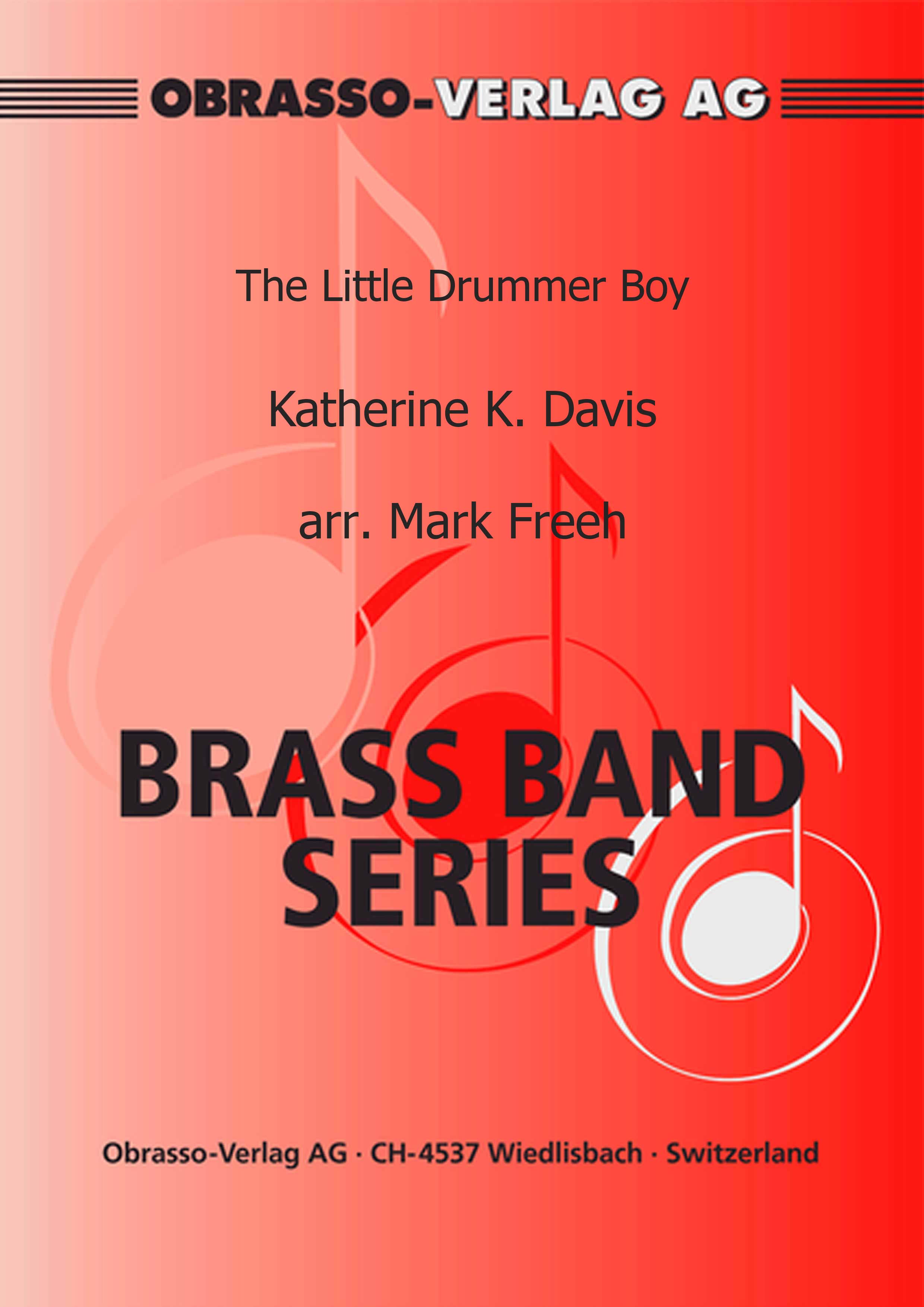 £54.20
£54.20The Little Drummer Boy (Brass Band - Score and Parts)
Carol of the Drum. Duration: 4.10
Estimated dispatch 7-14 working days
-
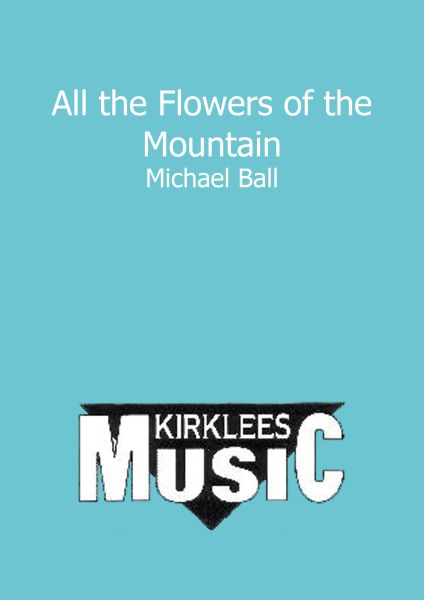 £74.95
£74.95All the Flowers of the Mountain
Estimated dispatch 7-14 working days
-
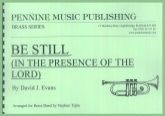 £29.50
£29.50Be Still (In the Presence of the Lord)
Estimated dispatch 7-14 working days
-
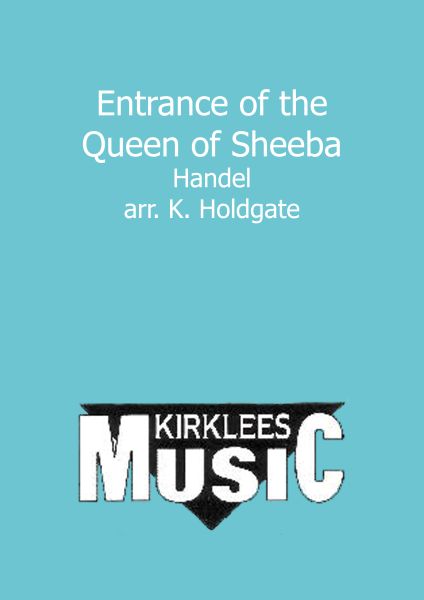 £19.50
£19.50Entrance of the Queen of Sheba
Estimated dispatch 7-14 working days
-
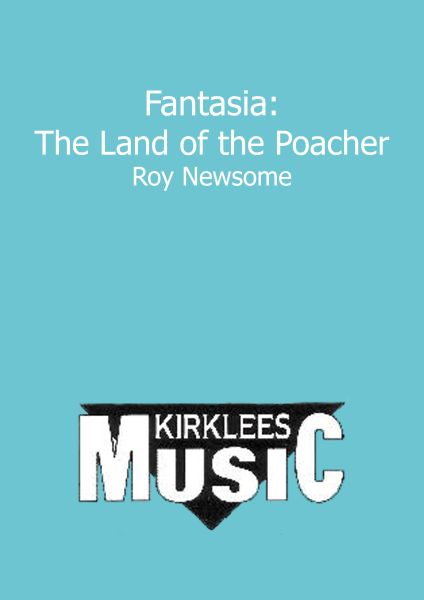 £29.50
£29.50Fantasia: The Land of the Poacher
Estimated dispatch 7-14 working days
